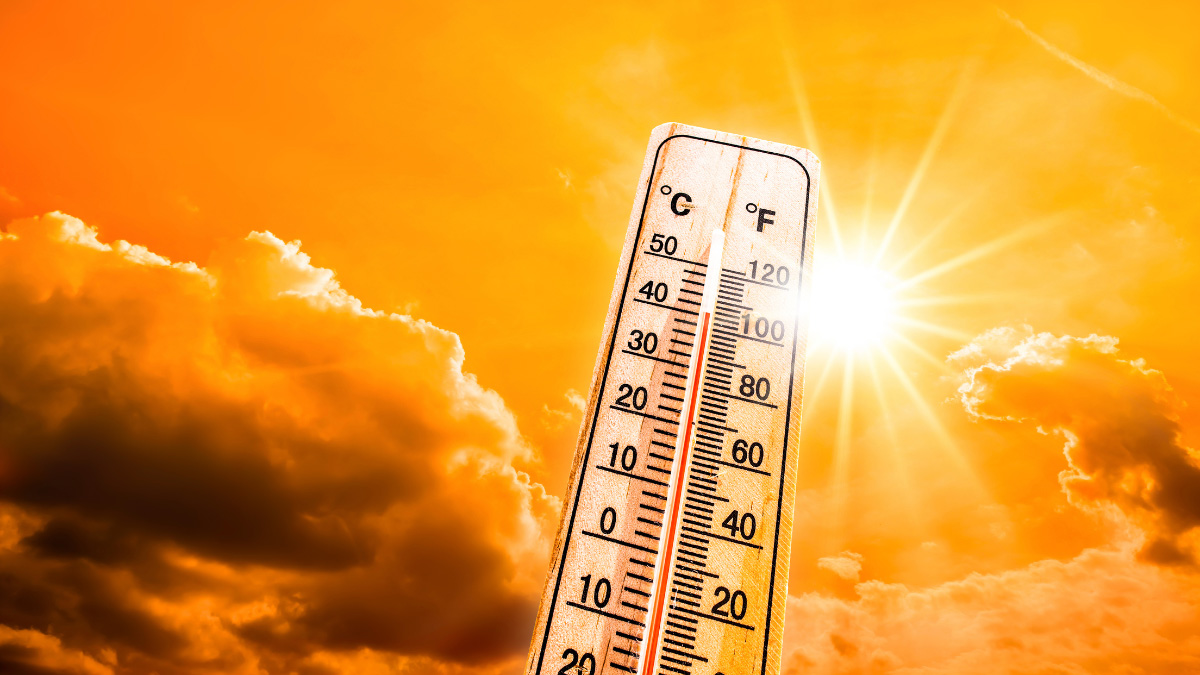 Extreme Heat - The Actuarial Perspective
Extreme Heat - The Actuarial Perspective
Last week marked the start of my tenure as chair of the sustainability board, the same week in which the UK saw record temperature highs – exceeding 40°C for the first time. This triggered a Level 4 Red heat health alert which happens when a heatwave is so severe that its effects extend beyond the health and social care system, with the risk of illness and death extending beyond at-risk groups to those considered fit and healthy. There were also fires – with almost 500 wildfires so far in England and Wales alone (compared to 237 last year) and major incidents declared by fire brigades in London, Leicestershire, Yorkshire & Lincolnshire among others, resulting in damage to homes, wildlife, fields and crops.
Such heat-related impacts have not been limited to the UK with wildfires reported in France, Spain, Portugal, Greece and Morocco resulting in the evacuation of thousands of people. The actuarial profession plays a key role in, the assessment, management and communication of risk. It is therefore imperative, in line with our public duty, that we communicate the links between climate change and the recent weather extremes as we play our part in helping society prepare for increases in such events.
The Met Office highlighted that the heat was “historically significant” – temperatures were not only very high, but they were also widespread across a vast area of the UK. When put in the historical context, the often mentioned 1976 heatwave peaked at a maximum of 35.9°C; the top 10 hottest years for the UK since 1884 have all occurred since 2002, and the 2017 State of the UK Climate report highlighted a trend towards higher maximum temperatures and longer dry spells.
Quite simply, yes. The latest IPCC report on the physical science states “It is virtually certain that hot extremes (including heatwaves) have become more frequent and more intense across most land regions since the 1950s, with high confidence that human-induced climate change is the main driver of these changes.”
Despite scientists being as certain about the link between human behaviour and climate change as they are about the link between smoking and lung cancer, the media coverage of the most recent heatwave was littered with climate illiteracy. Yes, the level of solar activity does fluctuate and yes, the orbit of the earth around the sun changes – but neither of these natural variations can explain the speed and size of the warming we have seen in recent decades.
Notably, with every increment of warming, we can expect both the intensity and frequency of hot extremes to increase, meaning that the impacts we see will depend on the path we take to reduce emissions and limit warming. Global average temperatures are already 1.2°C above pre-industrial times, meaning that even if we do manage to meet the 1.5°C target (notably current pledges and targets do not do this) we should expect impacts, including the frequency and intensity of heatwaves to increase.
So, whilst the specific times and locations of future heat waves are uncertain, we can be sure that the risk of these events occurring again is increasing. In fact, based on recent weather trends this could be one of the coolest summers of the next decade - a frightening thought.
The consequences of extreme heat are wide-ranging and as a society, we will need to consider these impacts as part of any adaptation strategy alongside ramping up decarbonisation efforts, so that impacts are minimised as far as possible.
In short, we prepare and we invest – this is not a future risk, it is a risk we are facing today. As a society we will need to allocate a greater proportion of our collective resources towards mitigating these impacts vis a vis a world in which they did not exist. Some of them can be actioned almost immediately – like upgrading buildings, reducing pollution and maintaining the water supply. Others such as ramping up healthcare capacity will take some time but should be considered a high priority. One thing is clear, in the future we cannot claim they are a surprise – we cannot claim to not know – we must acknowledge them and incorporate them into plans for meeting our future needs, of course in combination with rapid decarbonisation.